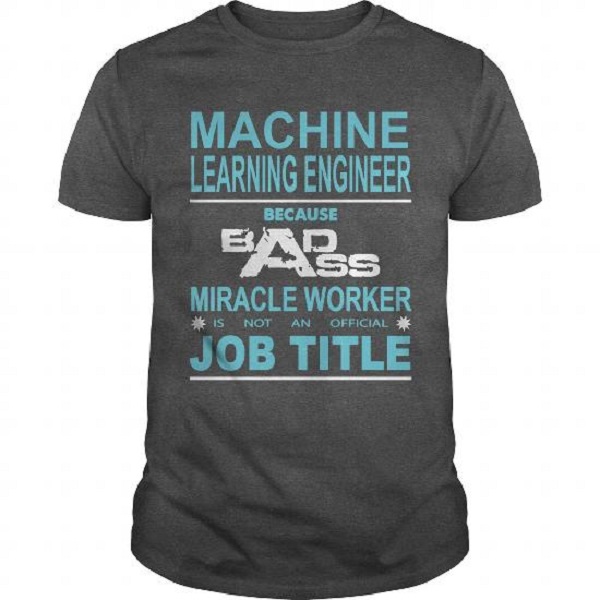Elon Musk is a busy guy.
He's developing electric vehicles, self-driving cars, tunnel-boring infrastructure technology, and re-usable rockets (with the goal of getting humans to Mars).
Given Musk's ambitiousness, it's not totally surprising that he is also launching a company that will look into ways to link human brains to computers. Musk reportedly plans to spend 3-5% of his work time on Neuralink, which will develop technology to integrate brains and computers as a way to fix medical problems and eventually supercharge human cognition.
Existing brain-computer interfaces, which are relatively simple compared to Musks's goals, can connect to a few hundred brain cells at a time. Those are already helping the deaf hear, the blind see, and the paralyzed move robotic arms. Once researcher are able to understanding and connect interfaces to the 100 billion neurons in the brain, these linkages could essentially give people superpowers.
That potential has clearly captured Musk's interest, but this new project also seems to stem from his concerns about super-intelligent artificial intelligence (AI).
Tim Urban of Wait But Why has a relationship with Musk that gives him unique access to insight into the tech mogul. Urban suggests Musk is betting on the possibility that melding human and artificial intelligence will make us more likely to survive the emergence of super-intelligent (and super-powerful) AI.
Urban wrote an excellent 38,000 word post about Neuralink and AI's existential threat to humanity, but he gave a short version of this idea to author Virginia Heffernan in a conversation hosted by Heleo:
"Elon is very nervous about AI, and rightly so. Intelligence gives humans this God-like power over all animals just because we're more intelligent. We're building something more intelligent than we are, that's a concern. He believes that the solution to reduce existential risk is to be able to high bandwidth interface with AI. He thinks that if we can think with AI, it allows AI to function as a third layer in our brain, where we could have AI that's built for us. So we have human intelligence and then we have artificial intelligence, and they're both us and so we become AI in a way.
That sounds kind of creepy but it makes sense if all of us are AI, there's not really anyone that can get control over all the AI in the world, monopolize it, and maybe do bad things with it because they are contending with a millions and billions of people who have access to AI. It's much safer in a weird way, even though it gives us all a lot more power. It's like you don't want one Superman on earth, but if you have a billion Supermen then everything is okay because they check and balance each other."
The threat Urban is referring to is that AI could in theory lead to intelligent machines that become exponentially "smarter" than humans. In the hands of a bad or insane actor — or in a situation in which AI were to somehow go rogue — that could pose an existential threat to humanity.
Musk isn't the only one with these fears — people like Stephen Hawking and Bill Gates have expressed similar concerns.
We're still working on understanding the human brain. Human Connectome Project, Science, March 2012.
Connecting our own brains to the digital world, however, could allow individual humans to make use of the same sort of computing power and intelligence. In that case, there'd be many equally intelligent and powerful actors out there. Basically anyone with sufficient means and desire to harness the power of AI could do so. In that sense, Musk's venture could be seen as a sort of mass deterrence system.
Musk sees the emergence of AI as "inevitable," and has another company working to develop a safe path towards artificial intelligence. But the rise of super-intelligent AI is most likely still far away.
Brain-computer interfaces still have a ways to go, too. The relatively simple systems that already exist can send movement signals to prosthetic arms, or function as ears or eyes for people unable to see or hear. But more complex interfaces could one day allow the brain to directly connect to the cloud or to the mind of another person in a given network. Urban mentions these applications as potential far-future goals, though they're completely beyond modern technology.
In fact, we're still in the early stages of understanding the brain, whichChristof Koch, chief scientific officer of the Allen Institute for Brain Science, has described as the "most complex object in the universe."
Furthermore, even if the technology were to become available, most Americans are not enthusiastic about brain computer interfaces,according to a recent survey by Pew.
But as Musk sees it, we're closer to that future than we think.
"We already have a digital tertiary layer in a sense, in that you have your computer or your phone or your applications," Musk told Urban. "The thing that people, I think, don’t appreciate right now is that they are already a cyborg. You’re already a different creature than you would have been twenty years ago, or even ten years ago ... If you leave your phone behind, it’s like missing limb syndrome."
Musk also told Urban that he thinks healthy people will be able to start using some sort of brain-computer interface for cognitive enhancement within the next 8 to 10 years. If that happens, the minds working on understanding our own brain and trying to develop new interfaces will grow even smarter, quicker, and more powerful.







